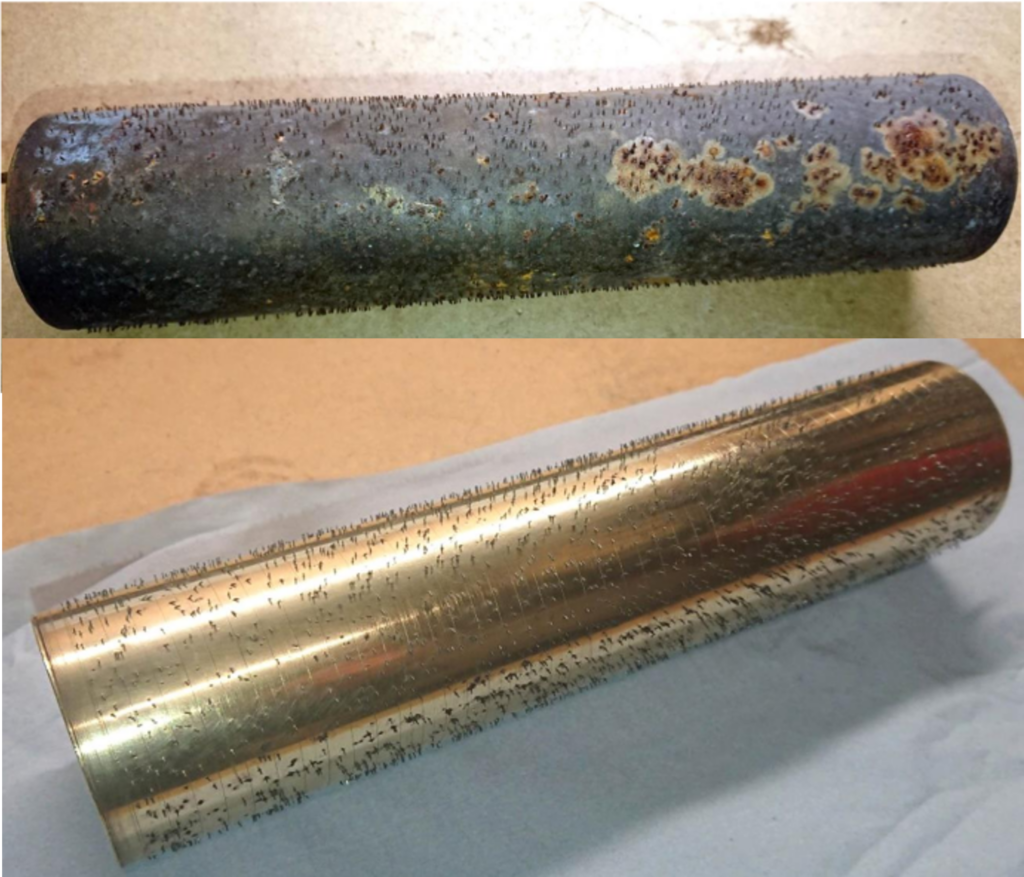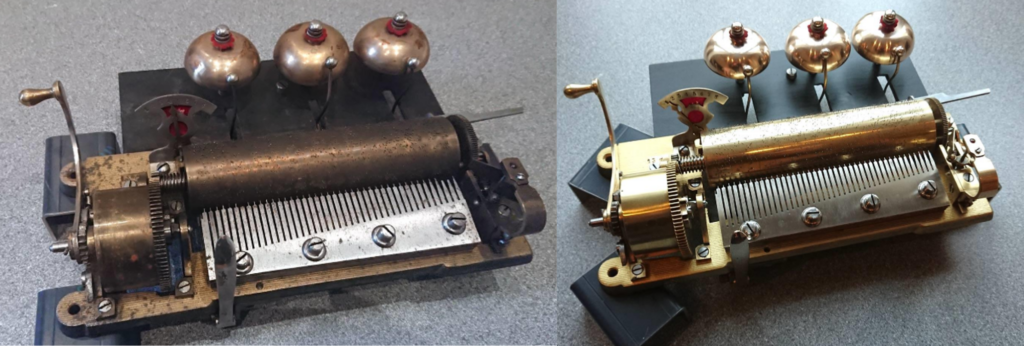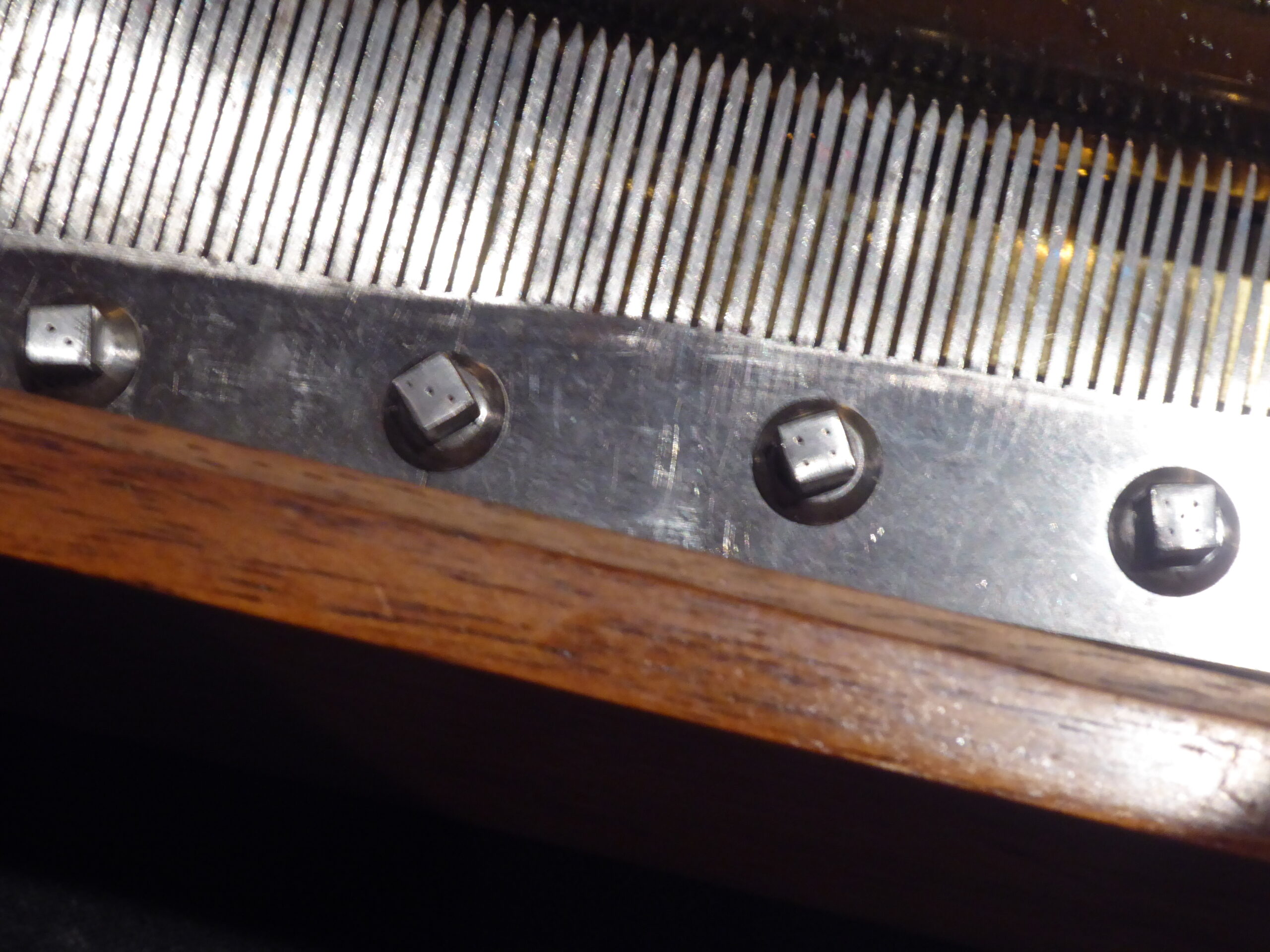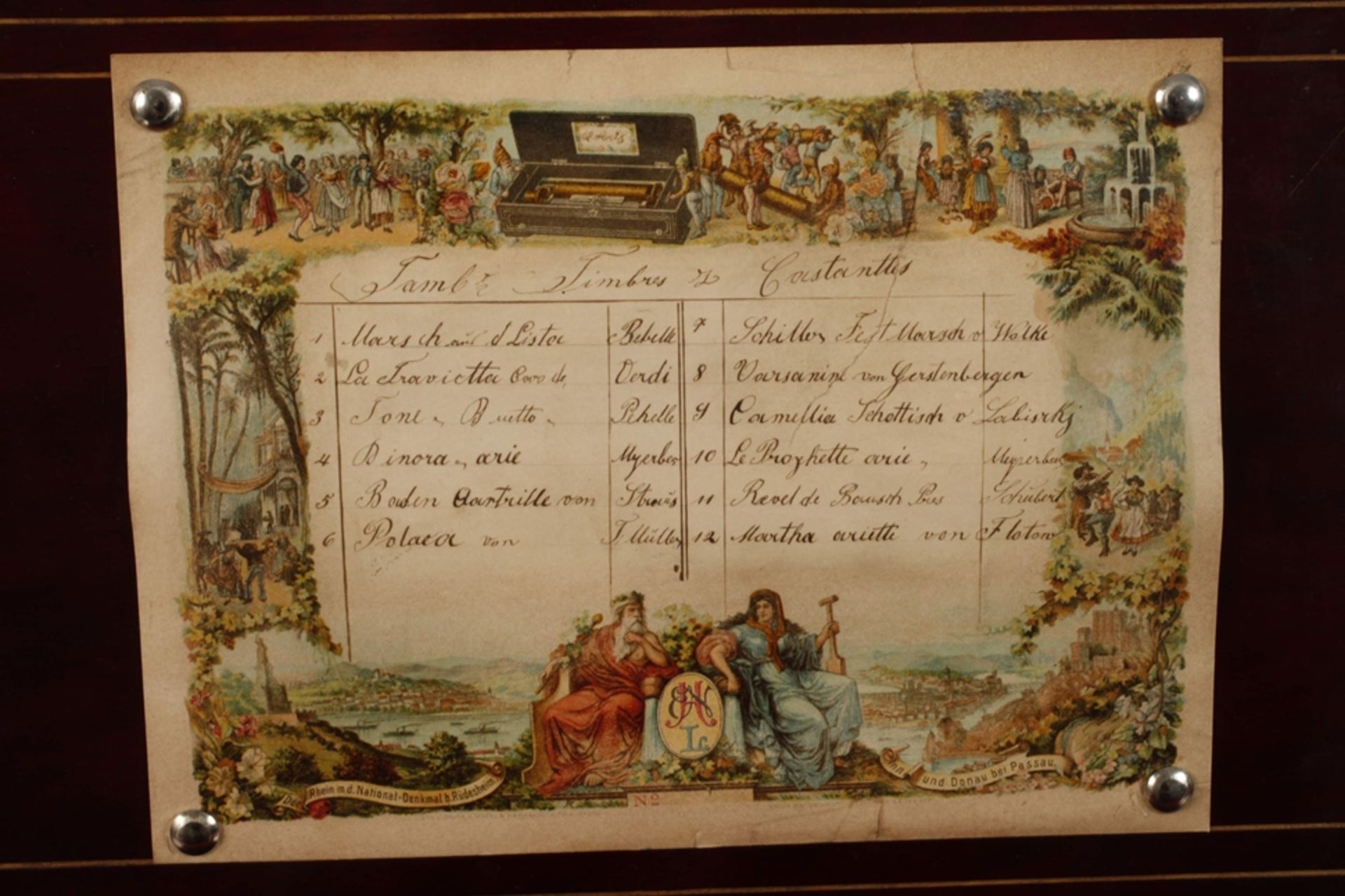A new member writes of his experience of mentors from the Musical box Society.
Since I moved to UK from Lithuania in 2004, I have bought a number of items for my uncle.
On one occasion he asked me to sell a cylinder box. We were not sure of the value, so I emailed number of auctioneers. Estimates were not high enough to consider bringing the box over to UK. Then I remembered Kevin McElhone who explained what it might cost to restore the box and how long it might take.
Need for newcomers
I thought if that is true, there must be a need for a newcomer in the business of musical box restoration. It wasn’t the first time I thought about it, but it was my first strong consideration of learning this craft. I am one of those guys who likes to spend time in the garage, and doing such work would finally give me a reason to have my own workshop, something I always wanted to have. Based on my previous experience, I knew I could do it, if only there was someone willing to show me how.
My first visit was too much information for my brain
I am amazed by the complexity and the amount of thinking that it took to create a musical box. I was also aware that gained knowledge will not go to waste, simply because there are not many people in the world who can do such work, and preserving a piece of history is no doubt a good thing.
Joining
After some consideration, I decided that I was going to learn how to repair musical boxes. I joined the Musical Box Society of Great Britain and signed up for a meeting in December 2018 at Teme Valley Winders.
At the meeting I received a very warm welcome from the host and other members. As soon as I walked in, I was amazed to see such a large collection.
Meeting a mentor
After talking to a number of people, someone pointed out another Musical Box Society member who had contacted me previously via email, offering his support. At the time I had no idea how important this person would become to me and he kindly agreed for me to spend a day at his workshop and this is how it started…
By now I have visited him a number of times, each time learning different aspects of restoration. As per his advice and my own preference, my focus is on cylinder musical boxes with the intention to progress to disc boxes at some stage in the future.
It is surprising that the more I learn, the more interesting it gets. My first visit was too much information for my brain; we spent all day in the workshop and at the end I was shown his collection.
Getting started
I already had one box which I had previously bought at auction, so back at home I dismantled and re-assembled my box a few times, just to get familiar with the components and the arrangement. I bought this box to practise, and then I was going to restore and sell it. Now I am not sure; maybe I will keep it for myself. I guess this is how you get attached to
these boxes!
Once I was familiar with the movement, I then used spares that had been given to me to practise cleaning and polishing.

Pins and dampers
After that, I tried straightening bent pins. In his book, Graham Webb says that “20% of the pins are expected to break”. In my experience, the percentage can be even less, on condition that the pins are not bent too far down. However, if the pins are bent down flat, the chances of straightening them will be close to 10%. Obviously it also depends on the general condition of the cylinder, such as cleanliness and corrosion level.
Then I tried fitting dampers; this job can be separated in to three parts. Fitting the dampers, shaping them and adjusting. At first, it was awkward to keep control of the comb and other elements whilst fitting dampers, so I made myself a jig. This made the job much easier and faster. Soon I realised that shaping takes just as long as fitting new dampers. I have not yet fully explored checking and adjusting the dampers to the point where they function as expected.
Soldering
Soldering new tips for the comb was not too difficult; however soldering new teeth was the hardest thing to learn so far. At the beginning there was an issue of finding a solder, then I could not get the right temperature. After that I tried different soldering techniques, and
finally quality.
Even if I am not yet 100% happy with the visual appearance of my newly soldered teeth, my tests show that the joint is strong, and a tooth will break elsewhere before the joint gives out. I am hoping that by the time this article is published I will be reasonably good at soldering new teeth.
I also had a chance to visit another member of the Society and it was very interesting to see his approach to certain aspects of restoration. Knowing what others do gives me a wider view and it opens my mind for new ideas.
I am pleased with my decision to learn the restoration of musical boxes and I am very thankful to the Musical Box Society members who have coached me.
My intention is to continue learning and I look forward to what the future will bring.



